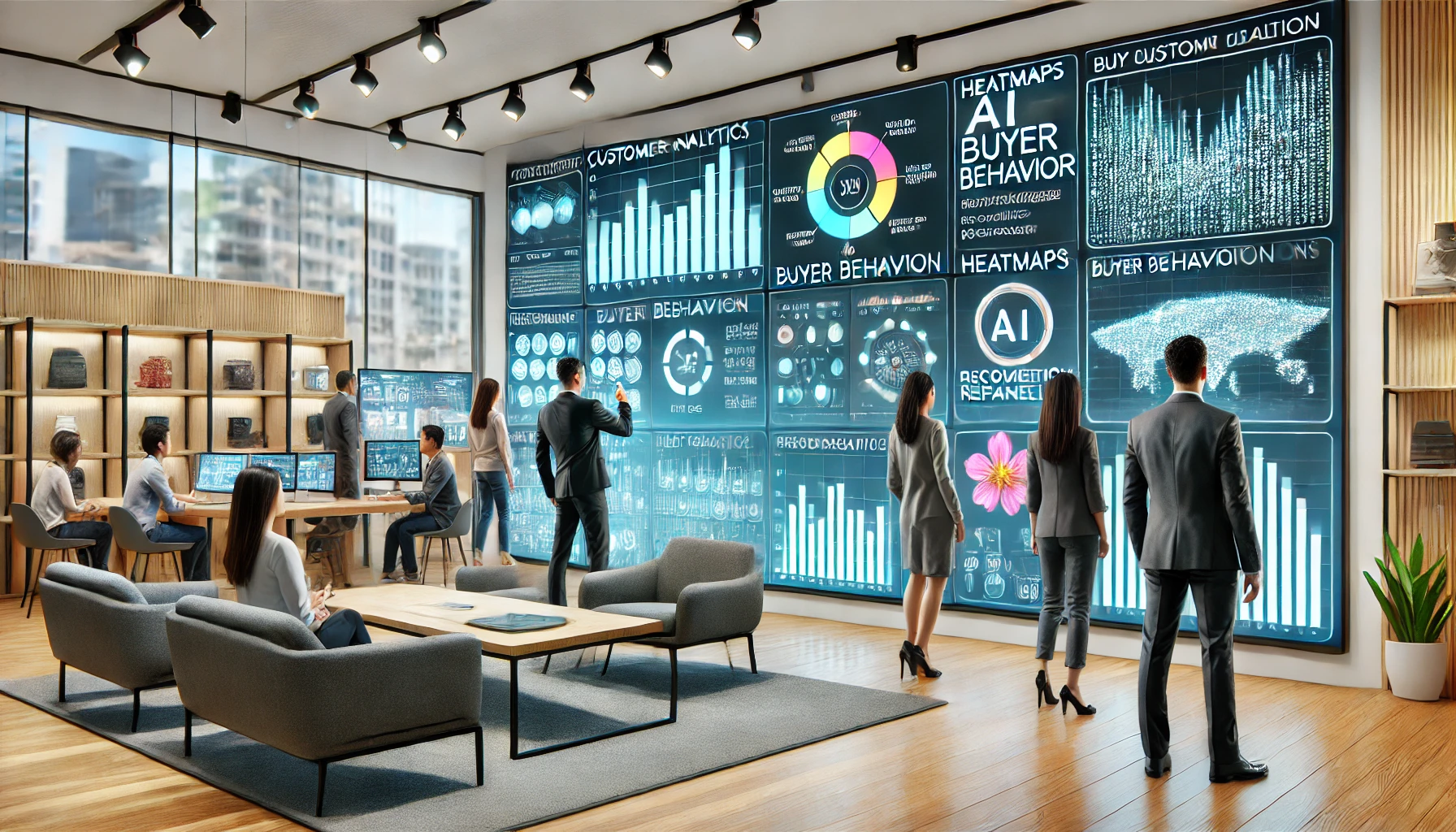
In this time of immersive technologies and data-operated marketing, real-time customer behaviour data meets digital showroom strategies in thoroughly challenging how brands reach out to their audiences. Today, cutting-edge technologies, like Virtual Reality (VR) and Augmented Reality (AR), keeps advancing as companies, especially in fashion or automotive, and home design uses such applications by creating creative studios for ultra-personalised experiential
moments backed by collected data.
Traditional showrooms in the past stood there passively, physically or digitally, providing a simple, often impersonal, and one-way browsing opportunity. Buyer data, meanwhile, has laid that to rest. Real-time customer behaviour data elements like product views, interaction hotspots, buy-distracting trending items, emotional temperature data toward different products in an immersive environment, etc. affect varying dynamic responses and immediate amendments at
the digital showroom.
For example, a luxury fashion brand working in AR might track how long users view a particular accessory in the virtual try-on mode. Now, say, that information, in real-time, could accomplish the prompt like recommending similar products, showing fetching-taste offers or shifting its various available designs in favour of those that are trending to customers.
Bringing in augmented and virtual reality in the digital showroom is making it possible to interact with a product differently. In this way, through AR, the customer can see how that sofa will look in his own living room or through VR, be allowed to step into a 360-degree digital mimicry of walking through flagship stores. Using an immersive environment built on above-the-line technology, bringing together a technical marvel and the information fed through data analytics in real-time.
Additionally, adding biometric sensors into VR headsets (e.g., eye tracking or heart-rate monitors) adds another layer of data insight to the equation. These cues feed information about customer involvement and sentiment, meaning brands can get an insight into how users feel about a product in real-time using methods that previously only included surveys or shooting in the dark.
Hyper-personalisation is built on the back of real-time buyer data. Digital showrooms thus present an entire change in functionality and are no longer mere virtual catalogues. Instead, digital showrooms now behave like programmatic platforms that tailor products, styles and layouts according to the immediate context of the input entity. For instance, a fashion-conscious customer entering a VR showroom could be enveloped in personalised avatars of outfits that
have been assembled according to past preferences, time of the year and possibly local weather reports as well.
All that same real-time data has implications for predictive merchandising. In this kind of business, companies will design AR/VR showrooms around patterns of engagement that show future trends. Whether through tracking specific sneakers gaining popularity among the under-25 age bracket, they can quickly launch new visuals, campaigns and how-to on a centralised stock in the digital showroom.
For brands, this kills the guesswork, increases astuteness on inventory, and improves ROI on marketing. They can now get data combined with good judgment to make decisions way faster about what to push and what to pull when making content. From a buyer’s perspective, it will be a very motivating, rewarding experience where every action feels as if it were naturally designed with them in mind.
Additionally, in the realm of creative studios developing such experimentalists, the loop of immediate feedback ensures the realisation of much shorter innovation cycles. To such an extent, the creative team keeps releasing shows a release might be stored, a test of two alternate versions of this release, a feature release and sale stuff. These results are attained not in months but in weeks through this approach of similarly ultimate user testing.
In the very future, as creative studios bring together design and data science, digital showrooms seem to remain becoming more and more adaptive and intelligent platforms. Artificial Intelligence and machine learning will make the showroom outgrow its simple data generation and interactiveness to engagement-meeting displays based on predictive analytics and behaviours.
What about a VR experience that fluctuates according to customer preferences, mood and past shopping real-time adoptions as far as music, lighting, and even layout? Placeholder would be on smartphones and whatever other garnishing through AR means ongoing iterations if/then soon.
Real-time buyer data isn’t just fine-tuning the shopping experience—it’s reinventing it. As creative studios and tech-forward brands harness AR, VR, and behavioural data, digital showrooms are no longer a “nice-to-have” but a strategic essential. The result? Showrooms that are not only smart but sensitive, intuitively responding to each user’s needs, habits, and feelings. Welcome to the future of retail, where technology and human touch go hand in hand.